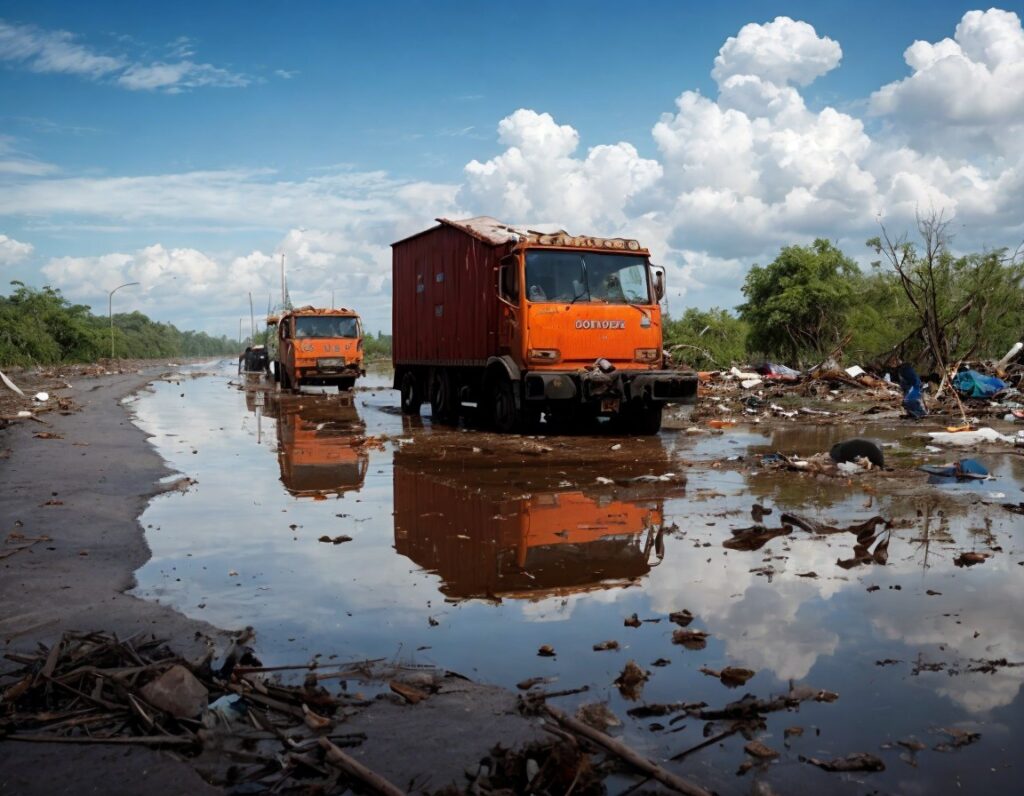
Climate change is a global phenomenon that has far-reaching consequences on the environment, ecosystems, and human societies. Its effects are becoming increasingly evident, manifesting in the form of extreme weather events, rising sea levels, and shifting weather patterns. As the world grapples with these challenges, the importance of disaster risk reduction strategies has never been more crucial.
Escalating Risks and Vulnerabilities
Changing climatic conditions have amplified the risks associated with natural disasters. Prolonged droughts, intense heat waves, and more frequent and severe storms are just a few examples of how climate change has exacerbated the threats faced by communities around the world. These events not only pose immediate dangers but also have long-lasting impacts on infrastructure, agriculture, and livelihoods.
The Interplay between Climate Change and Disaster Risk Reduction
Disaster risk reduction (DRR) efforts aim to minimize the potential impacts of natural hazards on communities and societies. However, the challenges posed by climate change have made this task increasingly complex. Rising sea levels, for instance, heighten the risk of coastal flooding, necessitating the implementation of effective coastal management strategies and the relocation of vulnerable populations.
Moreover, climate change has the potential to exacerbate existing socioeconomic inequalities, as marginalized and economically disadvantaged communities often lack the resources and resilience to cope with the consequences of disasters. Effective DRR strategies must therefore address these disparities and prioritize the needs of the most vulnerable populations.
Integrating Climate Change Adaptation into DRR Strategies
To address the interlinked challenges of climate change and disaster risk reduction, a holistic and integrated approach is essential. This involves incorporating climate change adaptation measures into DRR strategies, such as:
- Enhancing early warning systems and preparedness measures to anticipate and respond to climate-related disasters more effectively.
- Promoting ecosystem-based approaches that harness the protective functions of natural systems, such as mangrove forests and wetlands, in mitigating the impacts of disasters.
- Investing in resilient infrastructure and sustainable urban planning to reduce the vulnerability of communities to natural hazards.
- Strengthening institutional frameworks and governance structures to facilitate coordination and collaboration among relevant stakeholders.
Conclusion
Climate change and disaster risk reduction are inextricably linked, and addressing one requires addressing the other. By recognizing the interconnected nature of these challenges and adopting an integrated approach, communities can enhance their resilience and better prepare for the impacts of a changing climate. Effective DRR strategies that incorporate climate change adaptation measures are crucial for safeguarding lives, livelihoods, and sustainable development.
